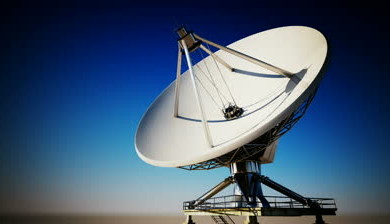A controller for dying sexy? Ah, you mean DiSEqC...
January 19, 2016
on
on

Satellite dish positioning motors/rotors are extremely resistant due to their worm gear. After all, they are intended to hold the ‘dish’ in a fixed position. What could be better than to take advantage of these properties and use them to position terrestrial antennas, surveillance cameras and the like under harsh conditions? The rotation angle of approximately 180 degrees is sufficient for most applications.
The Digital Satellite Equipment Control (DiSEqC) protocol that is used by satellite receivers to control the dish is just a sequence of 22 kHz pulses in a specific order: start byte, address byte, command byte and a data byte. Each byte is followed by a parity bit. With an ATtiny2313 microcontroller this protocol is easy enough to implement in Bascom. The Sound command can be used to create the 22 kHz signal on any port. Because this project is about turning a satellite dish motor, the commands are limited to turning East or West, Stop and Home. The circuit is very simple too and needs hardly any explanations.
For all the details, direct your antennas to Elektor.Labs.
The Digital Satellite Equipment Control (DiSEqC) protocol that is used by satellite receivers to control the dish is just a sequence of 22 kHz pulses in a specific order: start byte, address byte, command byte and a data byte. Each byte is followed by a parity bit. With an ATtiny2313 microcontroller this protocol is easy enough to implement in Bascom. The Sound command can be used to create the 22 kHz signal on any port. Because this project is about turning a satellite dish motor, the commands are limited to turning East or West, Stop and Home. The circuit is very simple too and needs hardly any explanations.
For all the details, direct your antennas to Elektor.Labs.
Read full article
Hide full article


Discussion (0 comments)